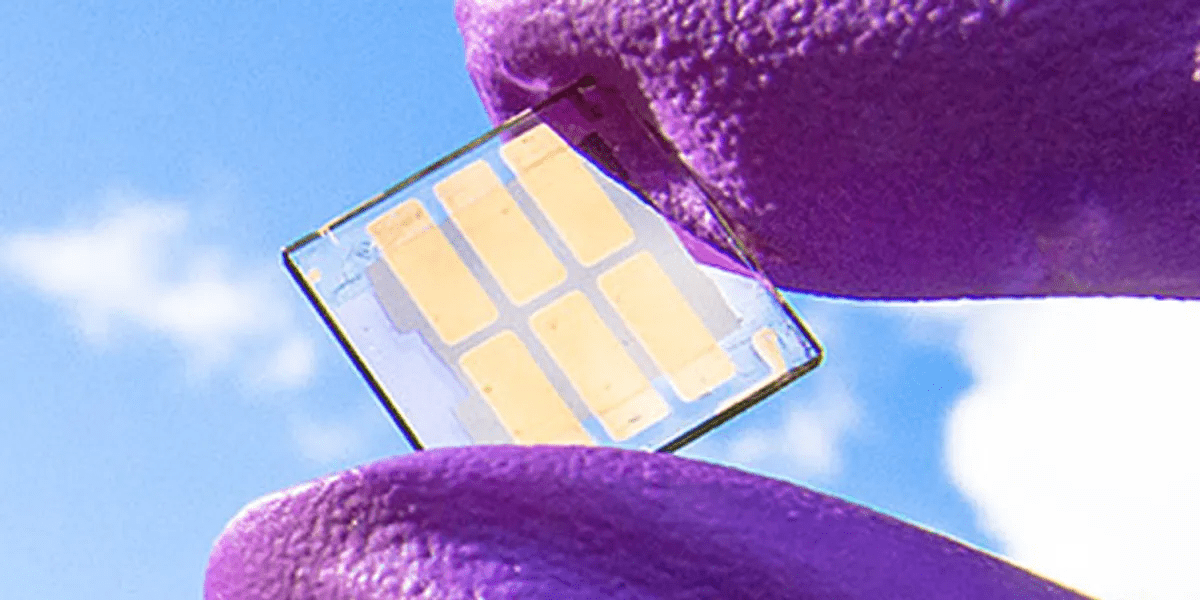A significant stride in solar cell technology emerges as engineers at UNIST in South Korea achieve a groundbreaking efficiency of 18.1% in quantum dot solar cells, setting a new world record.
Quantum dots, characterized by their minuscule size and remarkable light-absorbing capabilities, offer a versatile platform for various applications, including display technologies and sensors. However, their potential shines brightest in solar cells, where their ability to tailor light absorption across different wavelengths presents a compelling advantage over conventional bulk material-based cells.

In traditional solar cells, uniform light absorption limits efficiency, unlike quantum dot counterparts capable of focusing on distinct parts of the spectrum. Moreover, their cost-effectiveness and facile manufacturability, including spray-on applications, underscore their appeal for scalable photovoltaic solutions.
The recent breakthrough at UNIST revolves around enhancing the efficiency and stability of quantum dot solar cells. Typically, organic-based quantum dot cells boast the highest theoretical efficiency but suffer stability issues in prolonged sunlight exposure. In contrast, inorganic counterparts sacrifice efficiency for stability.
UNIST engineers ingeniously crafted quantum dots from organic perovskite and devised a novel substrate anchoring method to facilitate closer dot placement. This innovation propelled efficiency to a record-setting 18.1%, a notable leap from 16.6% in 2020. Independently validated by the National Renewable Energy Laboratory (NREL), this achievement underscores the technology’s viability and maturation.

Moreover, the enhanced stability of the new solar cells is remarkable, exhibiting sustained efficiency over 1,200 hours under standard conditions and 300 hours at elevated temperatures. After two years of storage, performance remained uncompromised, marking a significant stride in longevity and durability.
Despite these advancements, quantum dot solar cells trail their silicon counterparts, which benefit from decades of refinement and near-maximum theoretical efficiency. Quantum dots, introduced in laboratories around 2010 with modest efficiency, have accelerated their progress, buoyed by efficiency gains and streamlined manufacturing processes.
The recent breakthrough in quantum dot solar cells heralds a new era of efficiency and stability in solar energy conversion. As research endeavors continue to refine and scale up the technology, quantum dots promise to expand the photovoltaic landscape, ushering in a sustainable future powered by innovative solar solutions.
The research findings are reported in the journal Nature Energy.
Source: UNIST


